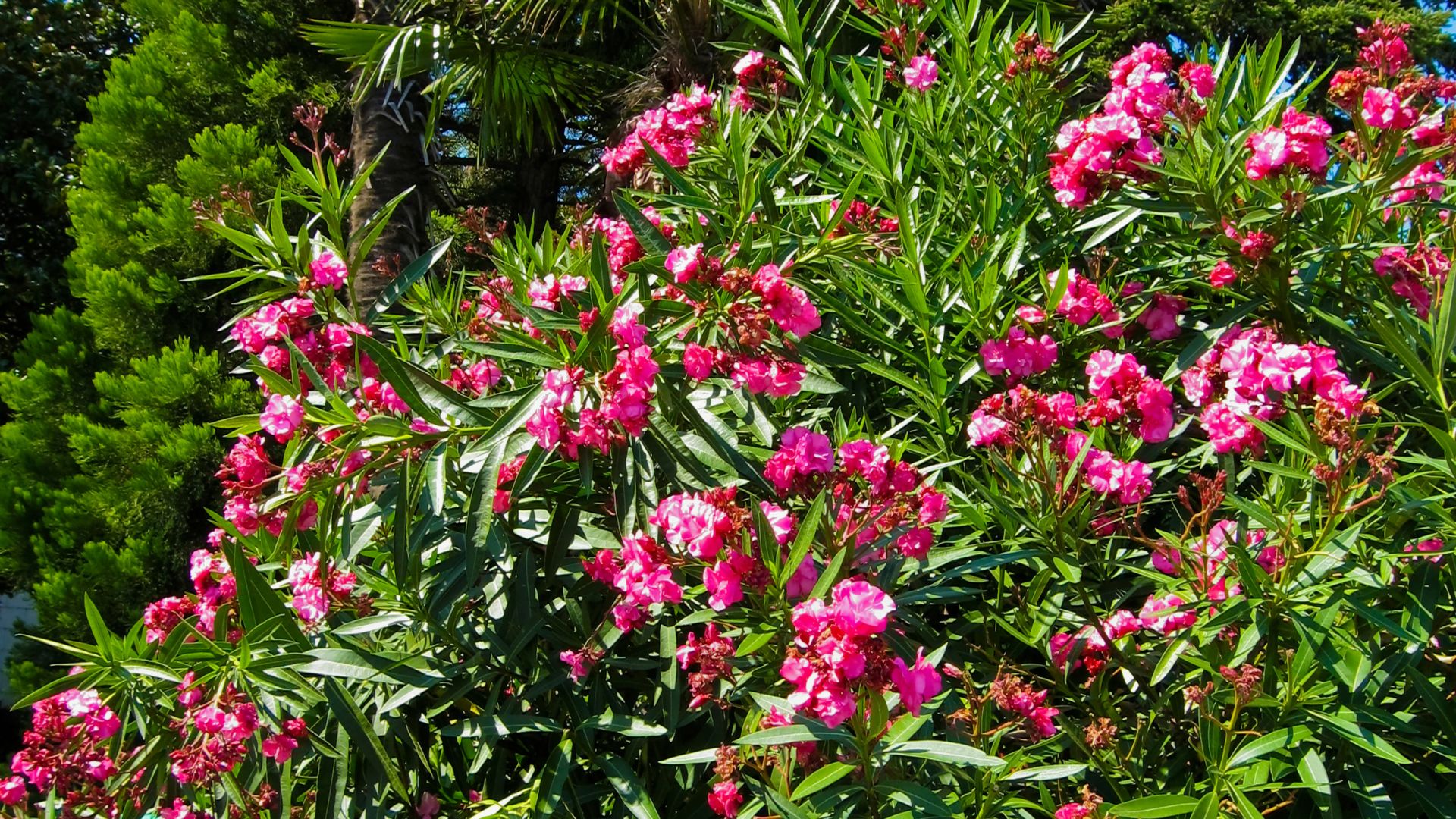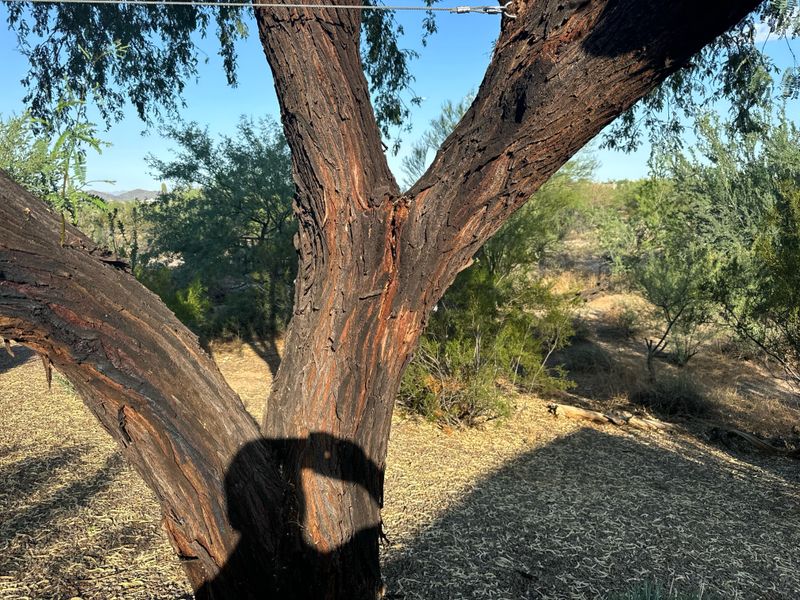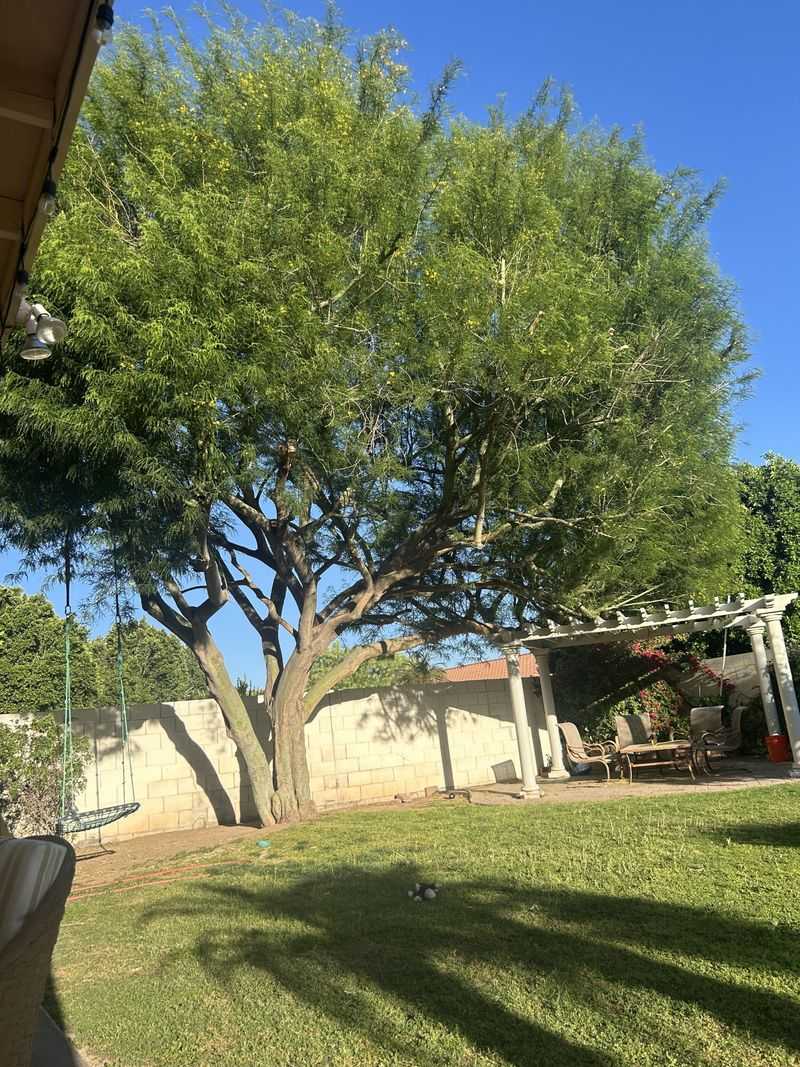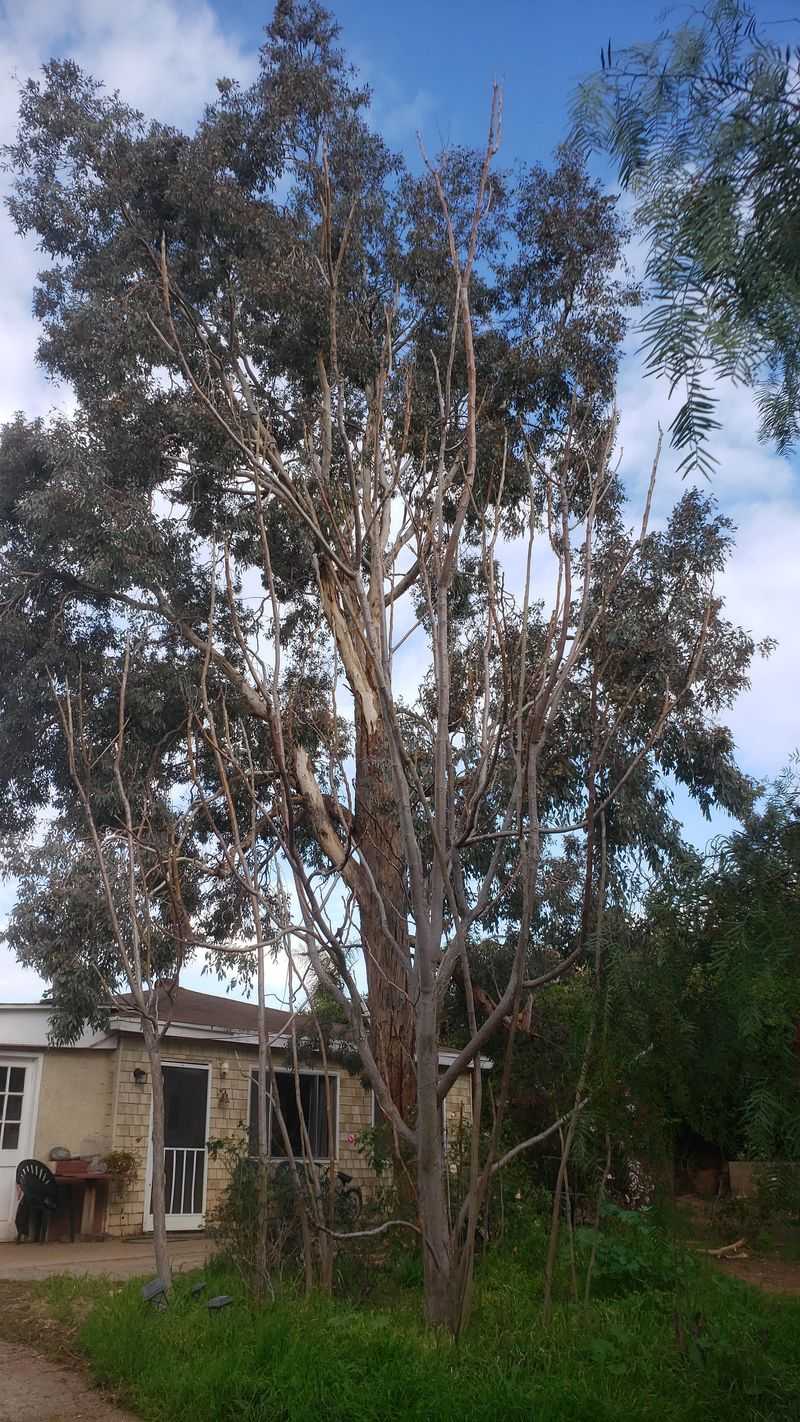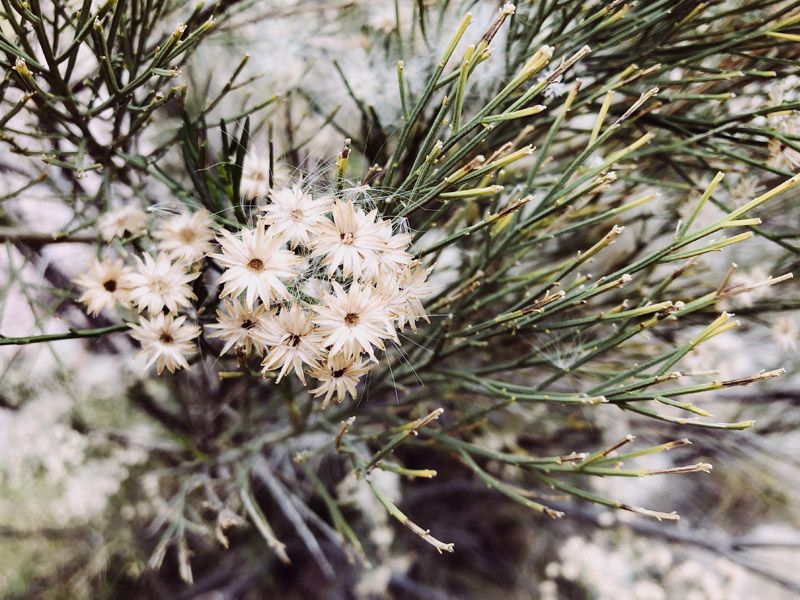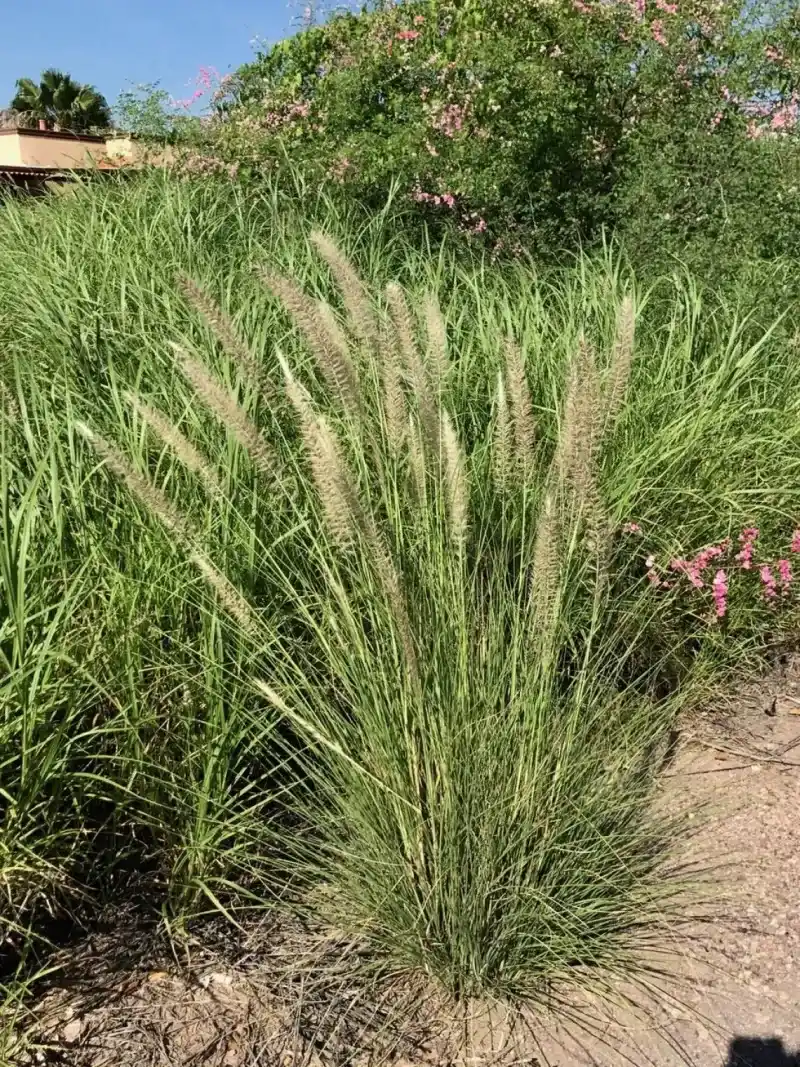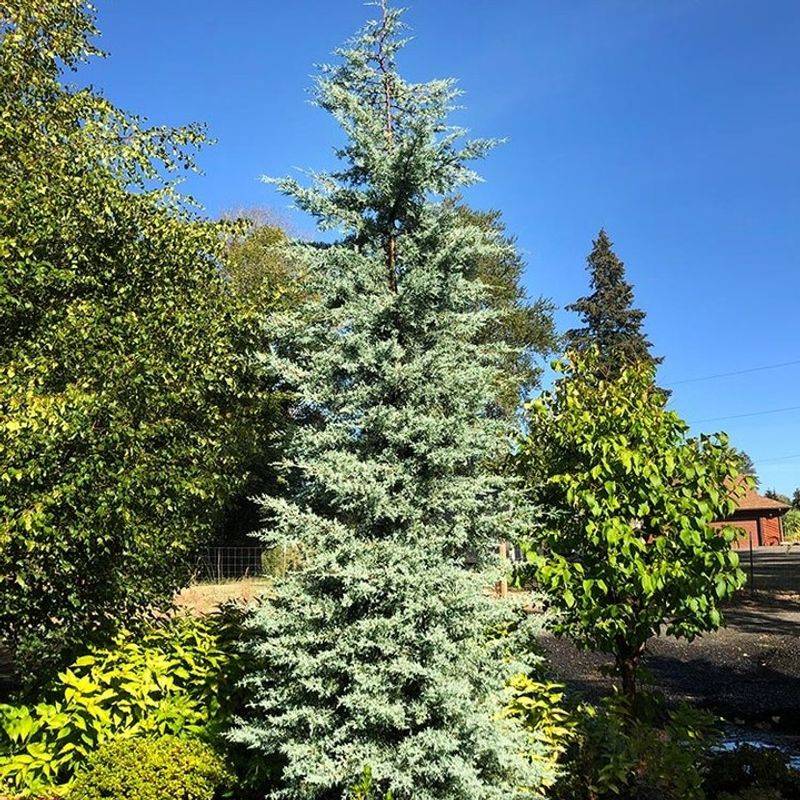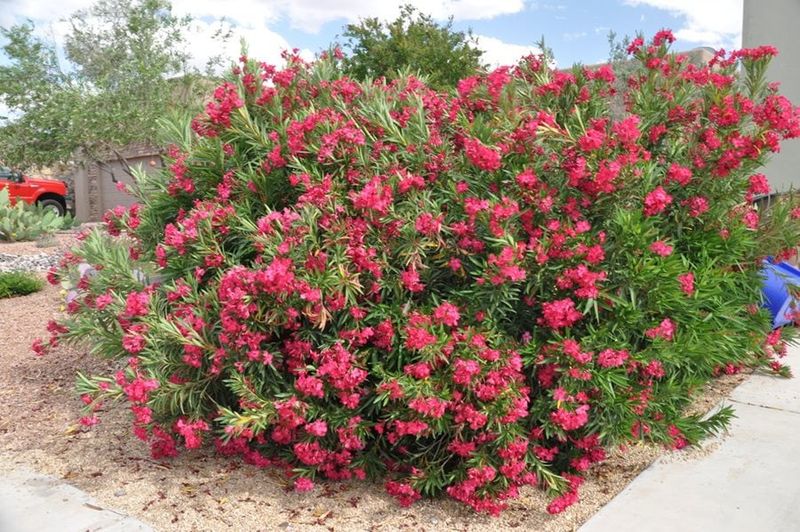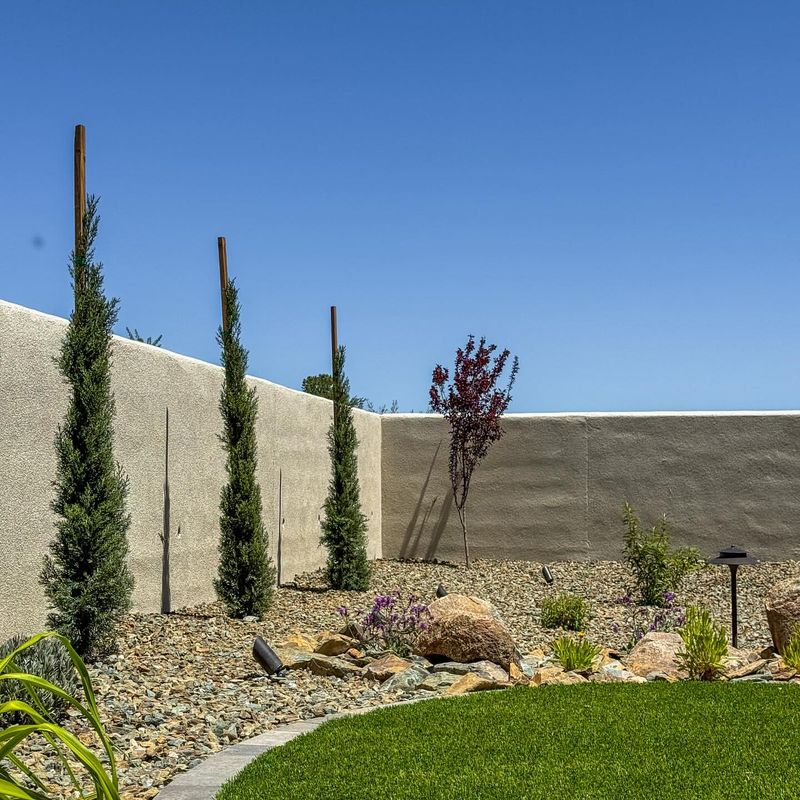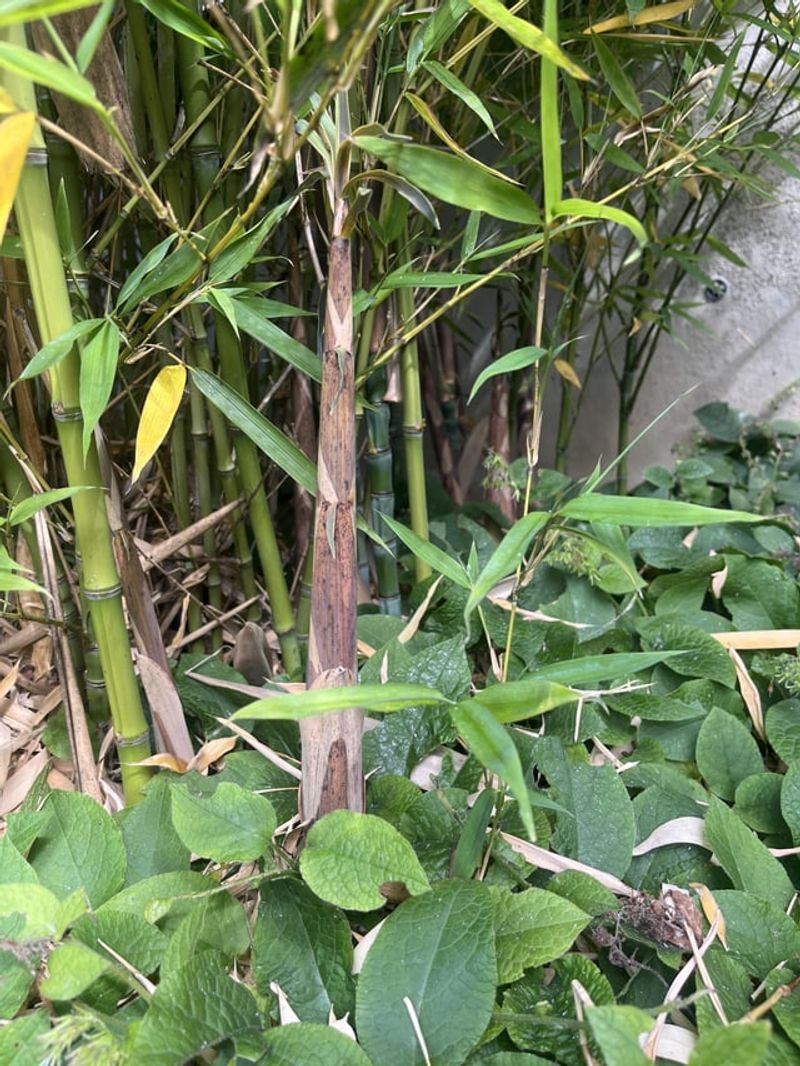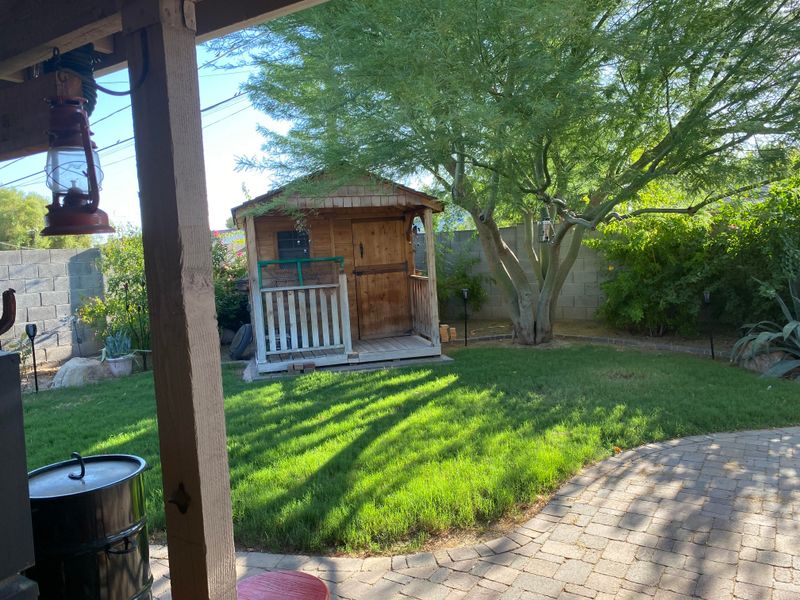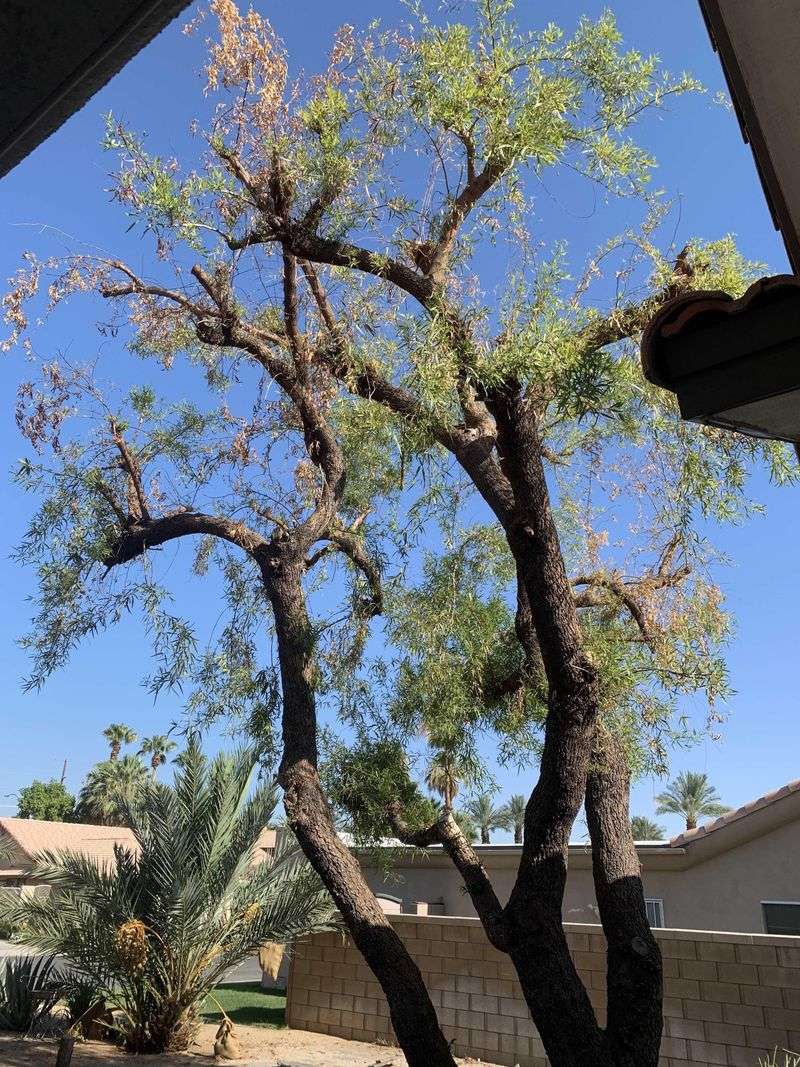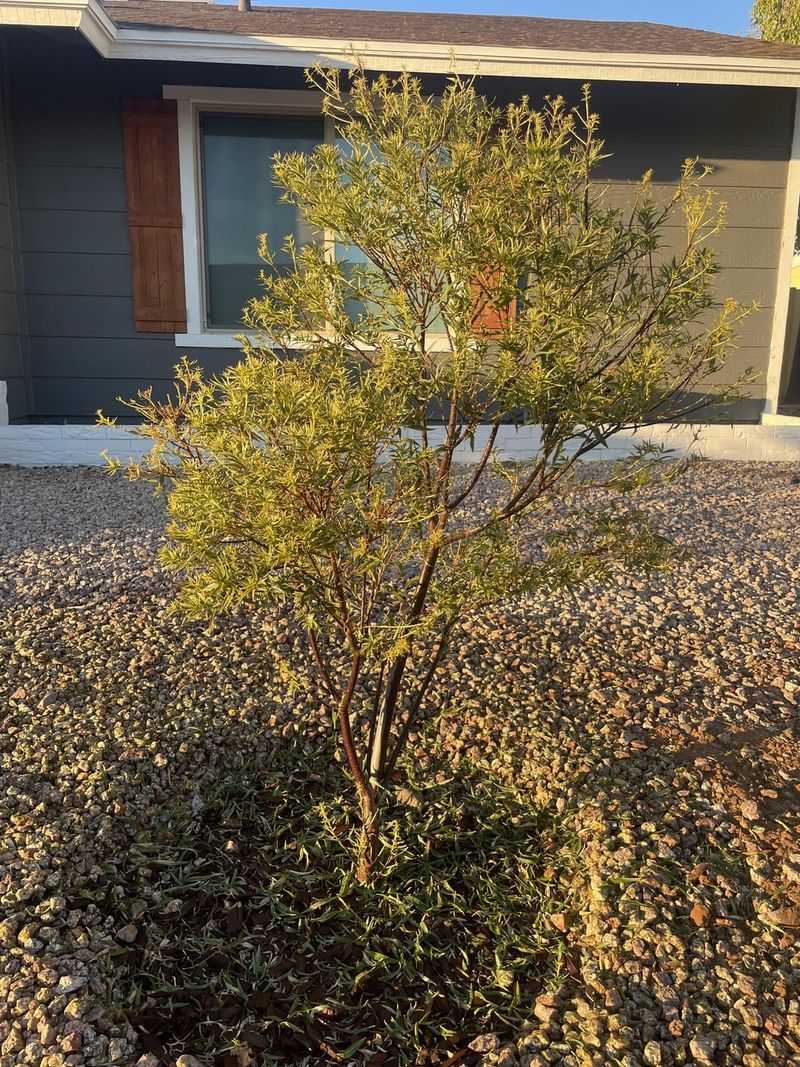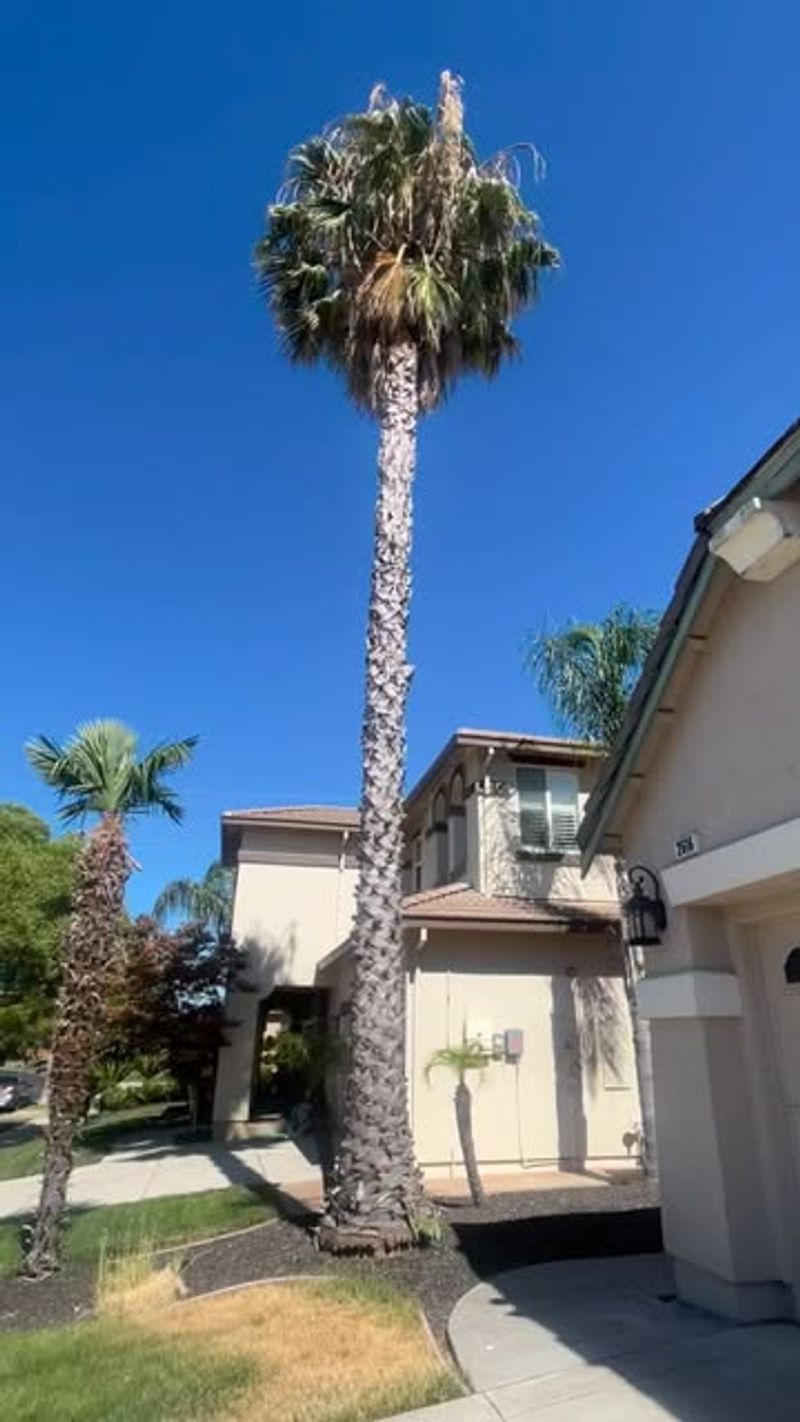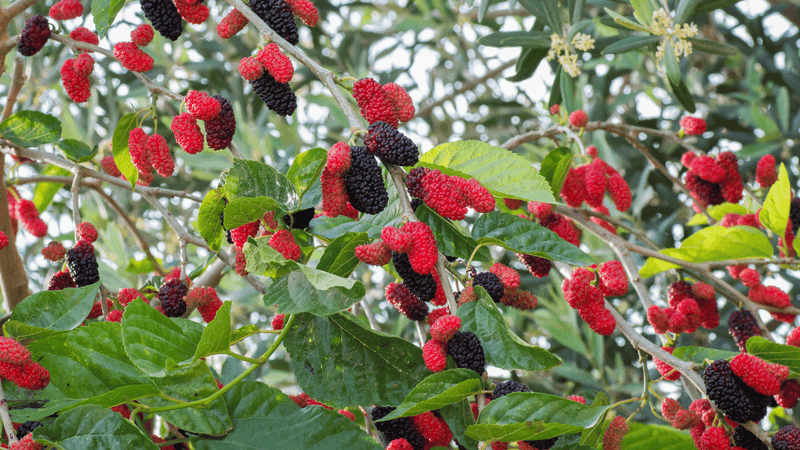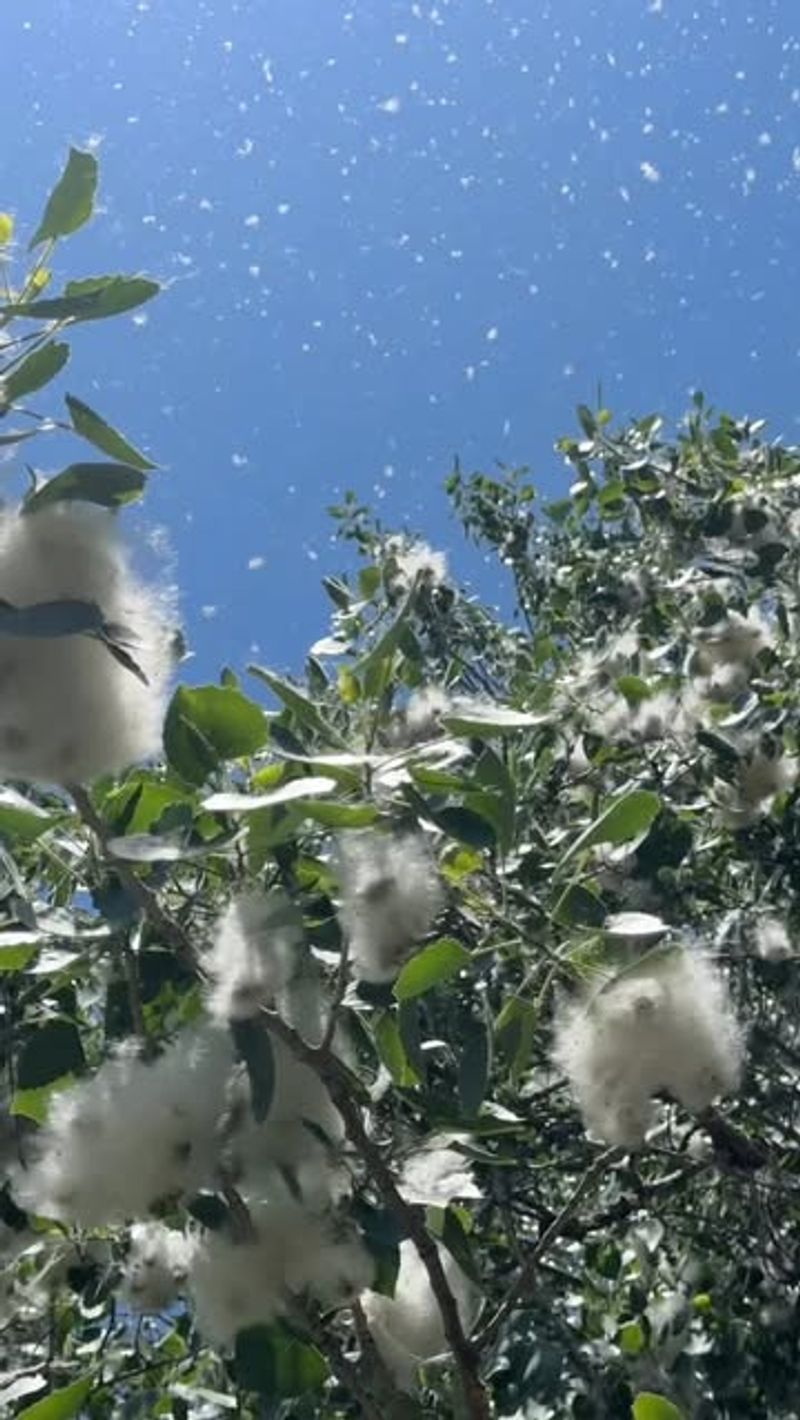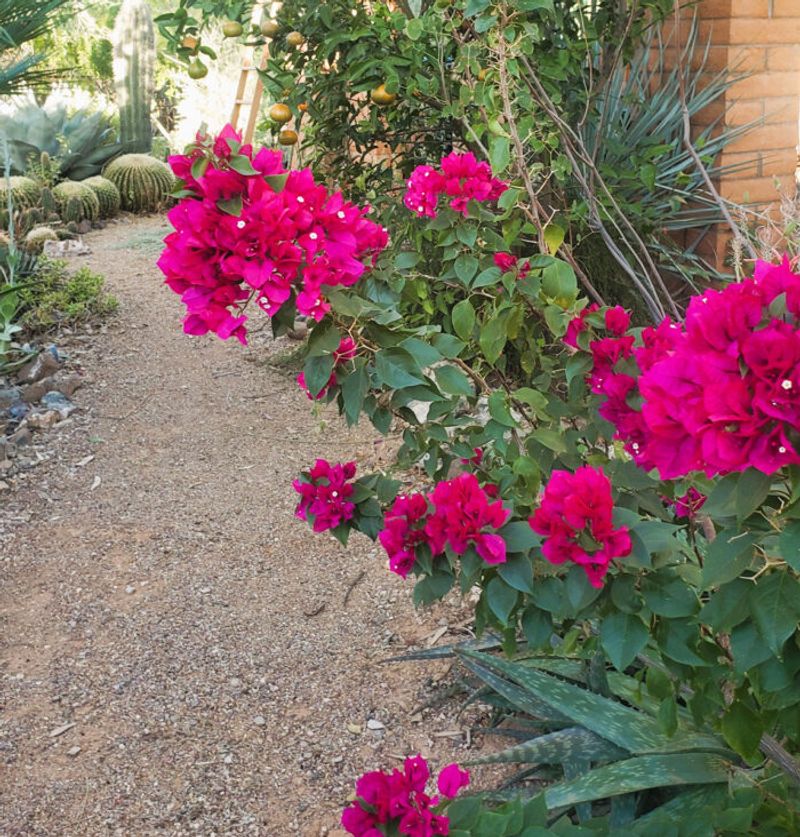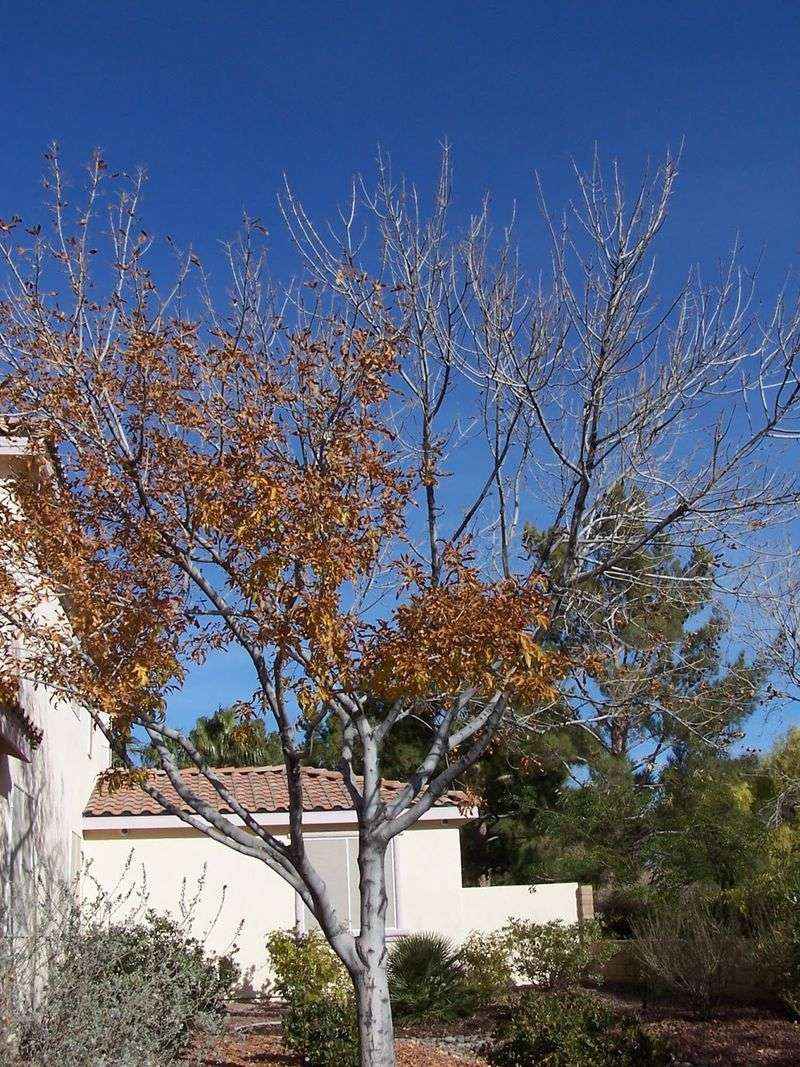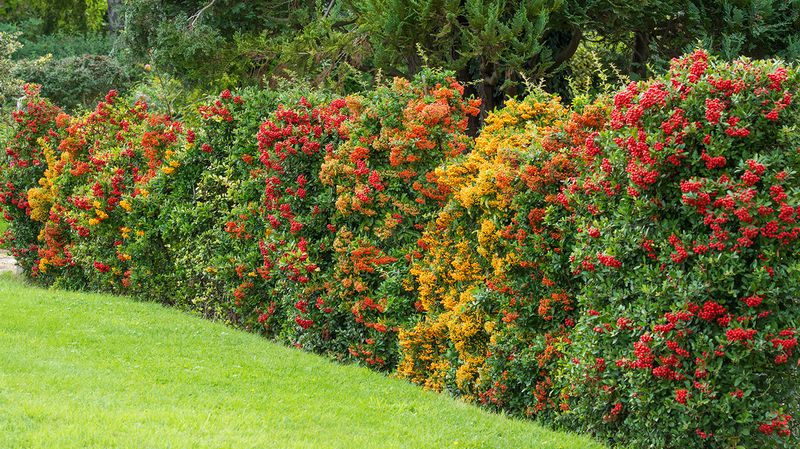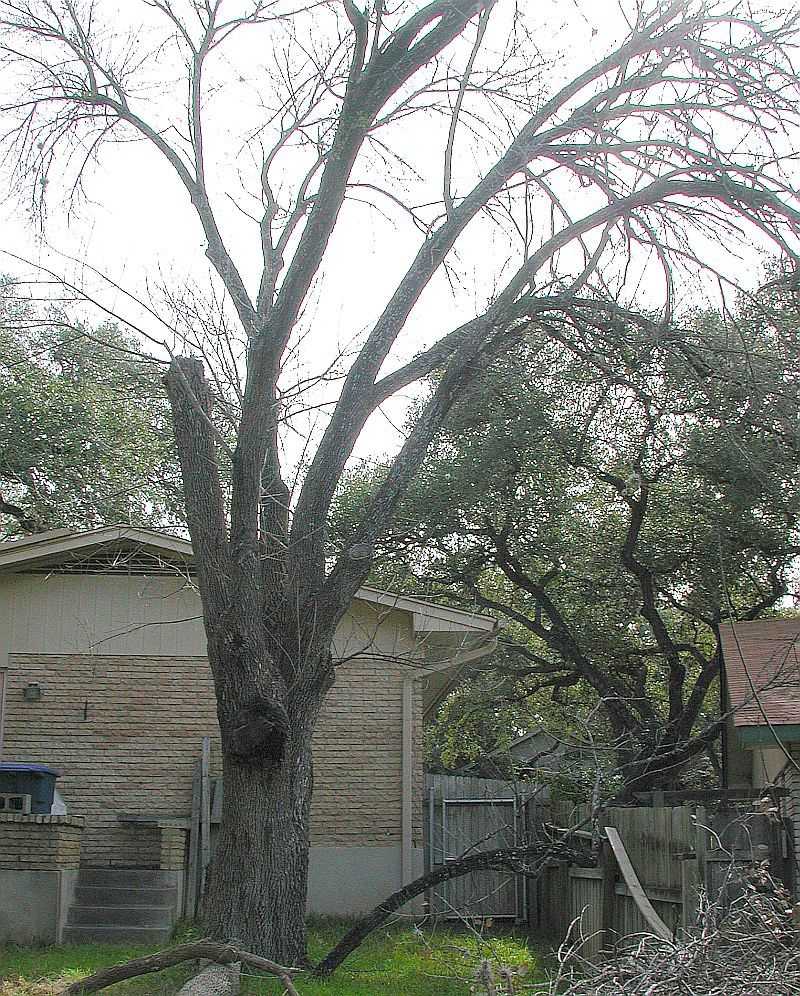Landscaping in Arizona is a balancing act—our intense desert climate and stubborn soil make plant selection crucial, especially near the house. The wrong choices can cause expensive headaches, from foundation cracks to water damage or even increased fire risk.
Shrubs with invasive roots, moisture-hungry trees, or fast-spreading ground covers may look harmless but can compromise your home’s structure over time. In dry regions, even plants that trap heat too close to your walls can add stress to your cooling system.
Whether you’re designing a brand-new garden or just editing what’s already there, a little planning goes a long way. Choosing well-behaved, drought-tolerant plants and keeping a safe distance from the foundation helps protect both your landscape and your investment.
1. Mesquite Trees
The roots of mesquite trees are notorious for their aggressive growth patterns. They’ve been known to crack foundations, break into water lines, and damage septic systems throughout Arizona neighborhoods.
I’ve personally seen a mesquite lift a section of driveway nearly two inches in just a few years. Their search for water is relentless in our desert environment.
Keep these trees at least 30 feet from your house foundation to prevent expensive structural repairs down the road.
2. Palo Verde Trees
Though beautiful when blooming with yellow flowers, Palo Verde trees shouldn’t be planted within 20 feet of your house. Their shallow, spreading root systems can interfere with irrigation lines and foundations.
Many Arizona homeowners make the mistake of planting these native trees too close, only to regret it years later. The fallen flowers and pods also create significant cleanup work.
During monsoon season, their relatively weak structure makes them susceptible to toppling in strong winds.
3. Eucalyptus Trees
Eucalyptus trees grow rapidly in Arizona’s climate and can reach impressive heights. The problem? Their roots are just as ambitious, extending far beyond the canopy and potentially damaging foundations, plumbing, and patios.
The oils in eucalyptus leaves and bark are highly flammable, creating a fire hazard during our hot, dry summers. After the 2020 wildfires, I removed mine despite loving its shade.
Many varieties drop branches unexpectedly, which could damage your roof or vehicles if planted too close.
4. Desert Broom
Desert broom is an invasive nightmare that spreads thousands of seeds with every breeze. Once established near your house, you’ll be pulling seedlings from your foundation plantings and yard for years to come.
The mature plants become woody and unattractive, offering little ornamental value to compensate for their nuisance factor. In late fall, the fluffy white seeds create a mess that clogs pool filters and air conditioning units.
Arizona gardeners often battle this persistent weed that can quickly overtake landscaped areas.
5. Fountain Grass
This ornamental grass might look attractive in nurseries, but fountain grass is a fire hazard when planted near Arizona homes. The dry stalks become perfect kindling during our hot summers.
Fountain grass self-seeds aggressively, quickly spreading beyond its intended area. I’ve watched it take over entire sections of yards in my neighborhood.
The root system, while not as destructive as trees, can still cause problems with irrigation systems and create maintenance headaches when it encroaches on foundations.
6. Arizona Cypress
Despite its name suggesting local compatibility, Arizona cypress grows into a massive tree that doesn’t belong near house foundations. Their extensive root systems can damage underground pipes and concrete structures.
These evergreens create dense shade that prevents other plants from growing and can block natural light from entering your home. The fallen needles make soil more acidic over time, affecting nearby plantings.
During our monsoon storms, their top-heavy nature makes them susceptible to uprooting, potentially causing catastrophic damage.
7. Oleander
Oleanders are common in Arizona landscapes, but keeping them away from your house is smart for several reasons. Every part of this plant is highly toxic, posing dangers to children and pets if planted near windows or doors.
The plants grow quickly into massive shrubs that can damage siding and rooflines if not constantly pruned. After the freeze of 2011, many homeowners discovered dead oleanders had damaged their home’s exterior.
Their sticky sap can stain stucco and concrete, creating unsightly marks on your home’s facade.
8. Italian Cypress
Those tall, columnar Italian cypress trees might seem like perfect accent plants, but they’re fire hazards when planted too close to Arizona homes. Their resinous foliage burns intensely and can quickly spread flames to your roof or eaves.
The roots are surprisingly aggressive for their narrow appearance. Several homes in my Phoenix neighborhood have experienced foundation issues from cypresses planted too close.
Spider mites frequently infest these trees in our hot climate, creating brown patches and dropping debris that clogs gutters.
9. Bamboo
Bamboo’s invasive nature makes it one of the worst plants to grow near Arizona homes. Without proper barriers, its aggressive rhizomes can travel under foundations and emerge inside patios, damaging concrete and structures along the way.
Once established, bamboo is extremely difficult to eradicate completely. My neighbor spent thousands removing bamboo that had spread under their garage slab.
The plant’s constant water demands also make it poorly suited for our desert conservation needs, creating moisture problems near foundations.
10. Mexican Palo Verde
Mexican Palo Verde (also called Desert Museum Palo Verde) grows faster and larger than native varieties, making it problematic near houses. Its rapidly developing root system can lift pavers, crack driveways, and damage foundations.
The abundant yellow flowers create a messy cleanup situation when they fall, clogging gutters and pool filters. My patio required daily sweeping during flowering season.
Like other Palo Verdes, these trees have relatively weak wood that breaks easily in Arizona’s monsoon winds, potentially damaging your roof or windows.
11. African Sumac
African sumac trees create multiple problems when planted near Arizona houses. Their aggressive roots seek out water sources, often breaking into irrigation and plumbing lines with impressive force.
Female trees produce berries that stain driveways, patios, and pool decks. The fallen fruit attracts birds, creating additional mess on your house and outdoor living spaces.
These trees also produce a sticky sap that coats everything beneath them, from cars to outdoor furniture, making them particularly unsuitable near driveways or patios.
12. Desert Willow
Despite its native status, desert willow can cause problems when planted too close to Arizona homes. The trees drop a continuous shower of leaves, flowers, and seed pods that will clog gutters and create cleanup headaches.
Their roots, while less aggressive than some trees, still seek moisture and can interfere with irrigation systems. The constant debris can stain patios and exterior walls if the tree overhangs these areas.
After last summer’s record heat, my neighbor’s desert willow dropped so many pods their pool filter needed replacing.
13. Mexican Fan Palm
Mexican fan palms grow enormously tall in Arizona’s climate, creating multiple hazards near houses. Their massive fronds become dangerous projectiles during monsoon winds, potentially damaging windows, roofs, and vehicles.
The root systems are less destructive than some trees, but still problematic near pools, foundations, and plumbing. Fallen fronds create constant maintenance and can become fire hazards when dry.
These palms also harbor pests like rats and scorpions that can then access your home through overhanging fronds.
14. Mulberry Trees
Mulberry trees might provide nice shade, but they’re maintenance nightmares near Arizona homes. Their aggressive roots can damage foundations, lift sidewalks, and infiltrate sewer lines with remarkable persistence.
The berries stain everything they touch – sidewalks, cars, shoes, and pets. Birds that feast on the fruit create additional messes on your house, patio, and outdoor furniture.
Many Arizona cities have actually banned mulberry trees due to their prolific pollen production that aggravates allergies.
15. Cottonwood Trees
Cottonwoods grow rapidly in Arizona’s irrigated landscapes but create serious problems near homes. Their thirsty roots aggressively seek water, breaking into irrigation lines and septic systems with ease.
During spring, they release countless fluffy seeds that clog air conditioners, pool filters, and window screens.
The soft wood is prone to breaking in our strong monsoon winds, creating hazards for nearby structures. Having removed one from my previous property, I can confirm they’re among the messiest trees for residential areas.
16. Bougainvillea
Bougainvillea’s thorny branches can damage stucco, wood siding, and paint when allowed to grow against Arizona homes. The thorns make maintenance difficult and can create safety hazards near walkways and windows.
These plants drop a continuous shower of colorful bracts that stain patios and can be tracked into your home. Their vigorous growth requires constant pruning to prevent them from overtaking structures.
When planted near foundations, their roots can find small cracks and gradually enlarge them, causing water intrusion problems.
17. Ash Trees
Ash trees have become popular in Arizona landscapes, but their placement matters tremendously. Their roots grow aggressively in search of water, often damaging foundations, driveways, and underground pipes.
These trees are particularly susceptible to pests in our region, including ash borers that can kill the tree and create hazards from falling limbs.
The constant leaf drop creates maintenance challenges for gutters and yard cleanup. After the 2021 monsoon season, several ash trees in my neighborhood toppled due to shallow root systems.
18. Bermuda Grass
Bermuda grass might seem harmless compared to trees, but it’s a menace when planted near Arizona house foundations.
Its aggressive stolons can work their way under siding and into small foundation cracks, creating pathways for moisture. This grass is nearly impossible to eradicate once established and will invade flower beds, vegetable gardens, and hardscape features.
Its pollen is also highly allergenic, making it problematic near windows and doors. The constant water needs create moisture issues around foundations in our normally dry climate.
19. Firethorn (Pyracantha)
Firethorn’s vicious thorns make it hazardous when planted near Arizona home entrances, walkways, or children’s play areas. The sharp thorns can tear screens, damage siding, and cause painful injuries during maintenance.
While the bright berries are attractive, they attract birds that will leave droppings on your walls, windows, and outdoor furniture.
The dense growth can harbor scorpions and other pests that might enter your home. When planted against walls, firethorn traps moisture that can damage stucco and wood over time.
20. Arizona Ash
Arizona ash trees create specific problems when planted too close to houses in our state. Their roots are particularly aggressive at finding and exploiting leaks in water and sewer lines, causing expensive repairs.
These fast-growing trees frequently develop weak branch structures that break during our seasonal storms. After last year’s monsoon, several homes in my area suffered damage from fallen ash limbs.
Their high water requirements make them unsuitable for xeriscaping and can create excessive moisture around foundations in our desert environment.

